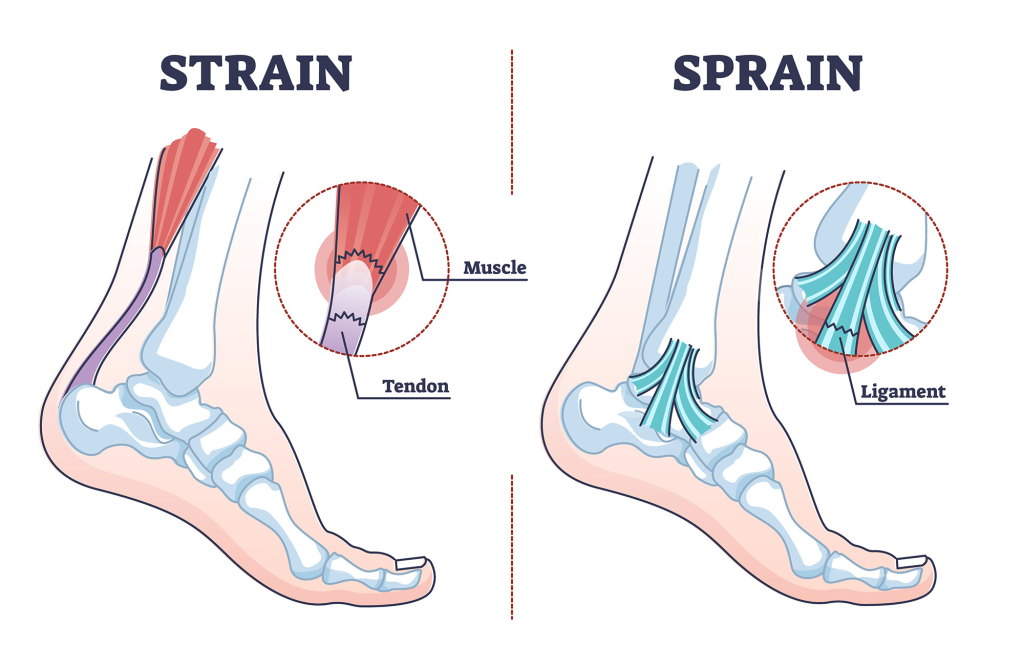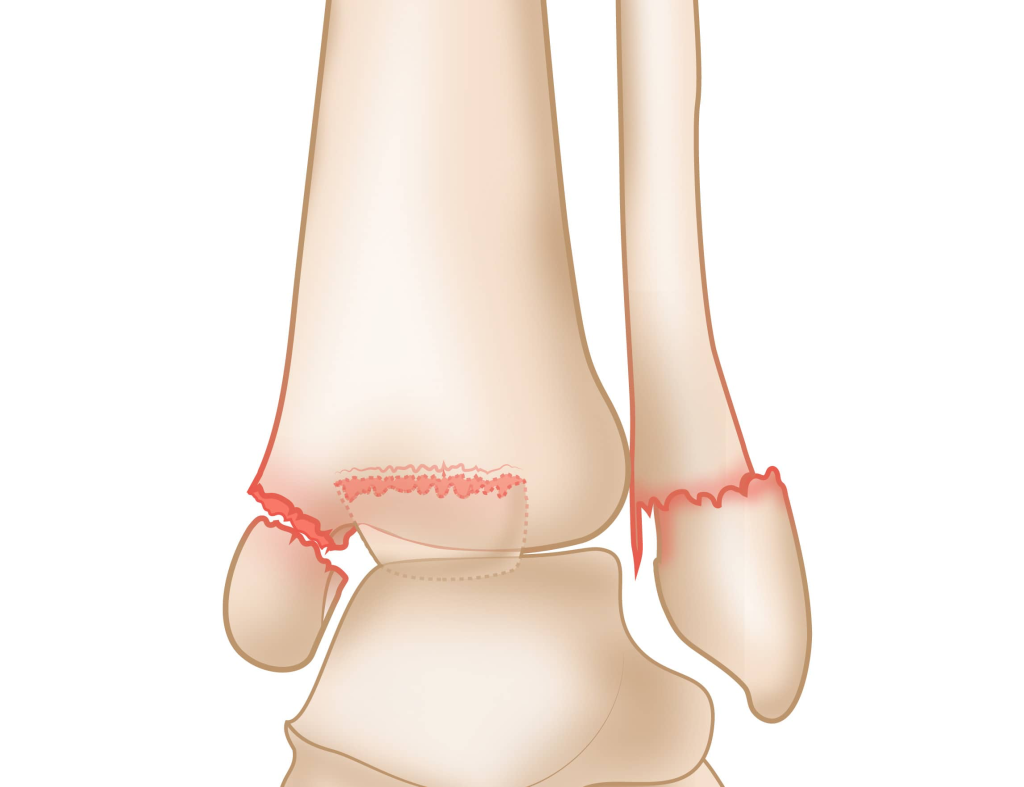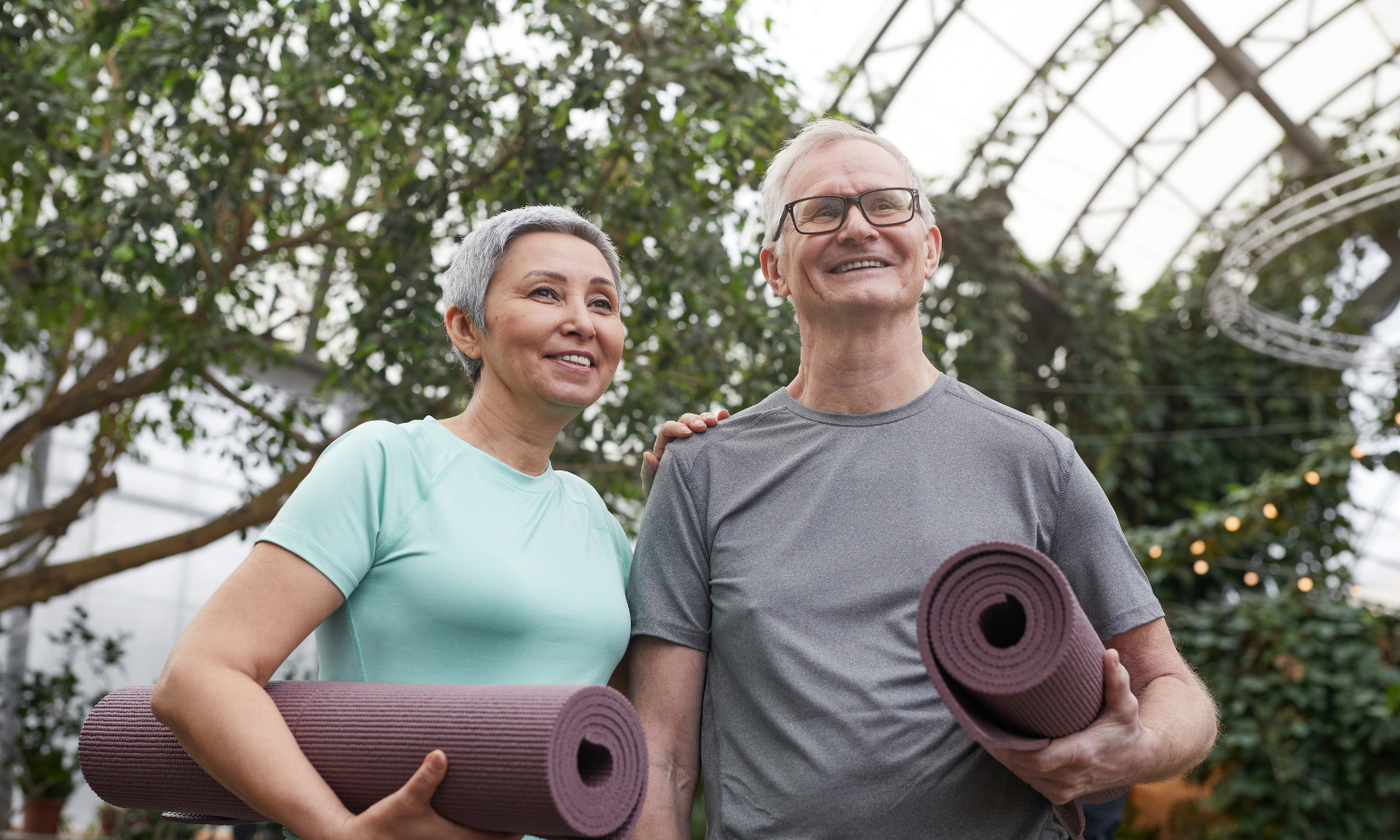Arthritis is classified as a condition that causes stiffness and inflammation in the joints. It can be very painful, and make it difficult to be active. According to a poll by the Centers for Disease Control and Prevention (CDC), arthritis affects more than 50 million Americans, with numbers rising each year.
The condition is classified in two categories, each affecting the joints differently. The following is a breakdown of both types of arthritis, and the ways that they affect the body.
1) Osteoarthritis
Osteoarthritis commonly begins with the abuse that joints’ cartilage takes over the course of time. In severe cases, the cartilage is completely worn away, causing painful bone-on-bone friction. This type of arthritis is brought on by age, but can arise earlier if there is a history of joint injury or infection.
2) Rheumatoid Arthritis
Rheumatoid arthritis occurs when the immune system attacks the tough membrane that lines the joints. The lining (known as the synovial membrane) then becomes inflamed and swollen. It is a progressive condition, and can eventually destroy the bones and cartilage within the joint membrane.
Risk factors for both types of arthritis include obesity, age, sex (women are more likely to have rheumatoid arthritis than men), previous injury and family history. There is also a possible risk factor that is not widely considered, and that’s colder weather.
How can arthritis be affected by cold weather?
For decades, there have been countless numbers of people who claim that they can predict weather changes like rain or snow based on pain in their joints. While many believe this is unfounded, studies have shown that perhaps there is some validity to the claims.
For decades, doctors have stood by the belief that weather is actually a factor in arthritic pain. According to some experts though, the overwhelming number of patients who claim that the phenomenon happens to them has caused for some questioning.
While there is not much evidence that explains the actual process of how arthritic joints are affected, there are certain elements related to colder weather that can help to explain this phenomenon.
Barometric pressure (also known as atmospheric pressure) is exerted by the weight of the air in Earth’s atmosphere. It can vary based on factors such as altitude, sea level and temperature/humidity changes. It has also been said to have effects on the human body.
During winter months, barometric pressure changes frequently. The theory is that this decrease/increase of pressure on the skin is what can cause swelling to occur more prevalently, leading to more arthritis pain. Another popular theory as to why the correlation between colder weather and arthritis exists is the “hibernation” lifestyle that many people adopt for the winter season.
What can be done to prevent arthritic pain during winter?
During colder months, it’s well established that people tend to have changes in their exercise routines. However, low-impact exercise is known to be a great method of reducing stiffness and pain from arthritis. Exercise does not always have to be intense or monotonous. Just taking 20 minutes out of the day to do some form of activity can go a long way in avoiding arthritic pain. But unable to participate in outdoor activities, many feel that their choices are limited, and do not exercise as frequently as they should. Here is a list of activities to consider during the winter.
- Household chores (vacuuming, rearranging furniture, etc.)
- Hydrotherapy (swimming)
- Joining a gym or fitness club
- Playing with children
- Running (which is beneficial to knee joints according to a recent study)
- Stretching/ light exercise indoors
- Using stairs instead of an elevator/escalator
- Walking indoors (shopping mall or around the office)
There are measures that can further protect the joints during colder months. These are not related to exercise, but are more geared towards preparation when being out in the cold. Seeing a physician is first and foremost in the steps to finding relief. A doctor can confirm that pain being experienced is indeed arthritic, and can help to devise a treatment plan. Listed below are some precautions to consider that can help you to avoid joint pain during colder months.
Dress in layers and stay warm
By bundling up, joints can be protected from colder weather. As the cold progresses, dressing in layers is a good method of controlling body temperature and movement. It’s very important to make sure that the extremities (fingers and toes) are covered, as they are often sources for arthritic pain.
Keep hydrated
Dehydration can make the body more sensitive to pain, and can also make people feel lethargic and tired. By drinking a recommended average of 10 to 13 cups per day of water or fluids, a person will feel more active and less likely to experience arthritis-related pain.
Stay alert and cautious
During colder months, icy conditions are common, and can be a cause of injury. Those with arthritis need to be particularly cautious, as a joint injury can become a serious problem. Wearing supportive shoes with deep treads is an easy way to avoid a painful slip-and-fall.
Take supplements (fish oil, glucosamine-chondroitin, vitamin D)
Fish oil provides omega-3 fatty acids. According to the Arthritis Foundation, 2.6 grams of fish oil pills should be taken twice a day to ease arthritic inflammation. A doctor should be consulted if you are taking omega-3, as it can increase bruising and bleeding.
Glucosamine-chondroitin is an herbal supplement that can serve as a low-risk pain therapy for arthritis. It is not proven that herbal supplements can provide arthritis pain relief, but testimonials have supported some validity to the potential benefits.
Vitamin D is absorbed through sunlight, and can affect sensitivity to arthritis pain. By supplementing Vitamin D during the winter, one can gain the benefits even where sunlight is not present quite as often.
Although the scientific proof is unsubstantiated, it seems to be an all-too-common occurrence that people with arthritis experience more pain in colder weather. If atmospheric pressure is indeed the cause, it is seemingly unavoidable. However, by taking the proper precautions and being prepared when going out into the cold, pain and stiffness can be alleviated or avoided.
At Northeast Orthopedics and Sports Medicine, our physicians have years of experience in effectively treating all orthopedic conditions and injuries, including those related to joint pain and arthritis. Our multidisciplinary approach to care ensures that patients receive the customized treatment they need to get moving again.
For more information on arthritis or rheumatoid arthritis or to schedule an appointment with one of our specialists, contact NEOSM today.








